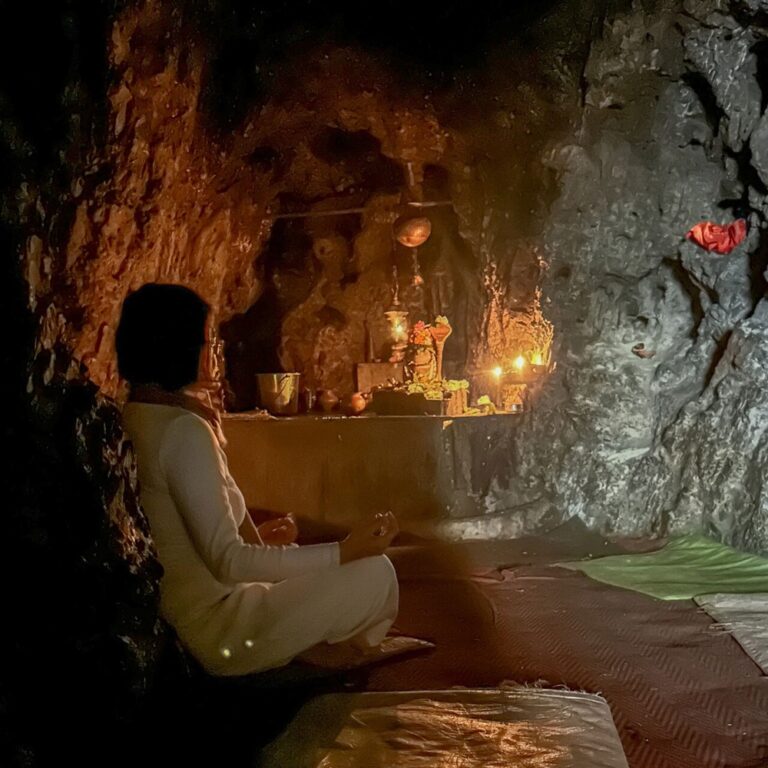Discover the Shaligram Murti Ram Mandir, Ayodhya
Two ancient Shaligram stones traveled from Nepal to Ayodhya for the Saligram Murti Ram Mandir, Ayodhya. Where they’ll become idols of Lord Ram and Mata Janaki, a sacred journey of thousands of kilometers.
These extraordinary stones will turn into Sahligram Murti of Lord Ram and Mata Janaki. Join us as we unravel the significance of Shaligram Murti Ram Mandir and trace the path these revered rocks took on their way to the heart of devotion.
The Origin of Shaligrams
Shaligram stones are unique creations, born from the fossilized remains of ancient sea creatures, primarily ammonites that thrived millions of years ago. These stones hold profound significance in Hinduism, representing the divine presence of Lord Vishnu.
The Sacred Journey Begins
The Shaligram stones started their journey in Nepal, where they were sent from the Galeshwar area along the Kali Gandaki River. Bimalendra Nidhi, a leader from the Nepali Congress and former deputy prime minister, played a crucial role in sending these stones from their origin.
The Path to Ayodhya
These special Shaligrams traveled through many cities before reaching Ayodhya. When they arrived at the Ram Mandir, it marked a big moment in building this historic temple, managed by the Shri Ram Janmabhoomi Teerth Kshetra Trust.
The Ram Mandir Project
The Ram Temple in Ayodhya has been getting built quickly since Prime Minister Narendra Modi placed the foundation stone on August 5, 2020. The Trust has set an ambitious deadline of December 2023 for the completion of the temple. They have plans to open its doors to devotees in January 2024.
Shaligrams: A Glimpse into Hindu Beliefs
Shaligrams are holy in Hindu culture as representations of Lord Vishnu. It is to bring blessings, prosperity, and good fortune to those who worship them with devotion. They are considered a talisman against evil, bestowing protection and positive energy upon households.
Ancient Uses of Shaligrams
In antiquity, Shaligram stones held a special place in Hindu temple construction. They used as foundation stones and strategically placed at temple entrances to symbolize the divine presence and invoke blessings upon all who entered. Intricately carved Shaligrams still use as decorative embellishments within temple walls offering to the gods.
Temples of Shaligrams
Shaligrams find their home in several shrines dedicated to Lord Vishnu across the Indian subcontinent. Notable temples include the Jagannath Temple in Puri, the Badrinath Temple in Uttarakhand, and the Ranganatha Temple in Sri Lanka.
Conclusion:
When the Shaligram stones reached the Ram Mandir in Ayodhya. It was clear that Hindus are excitedly waiting for completion of the temple. The journey of these special rocks is a symbol of the strong spiritual connection between believers and their faith. It brings together the past, present, and future in the name of Lord Ram and Mata Janaki.
The Shaligram Murti Ram Mandir will find their special place in the center of this amazing monument. It’s a sign of Ayodhya’s rich religious history and the lasting importance of these rare and sacred stones.










